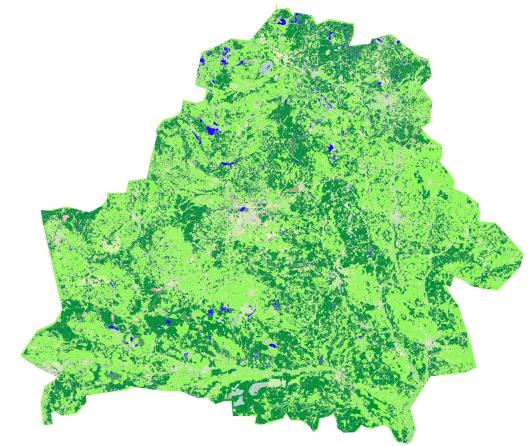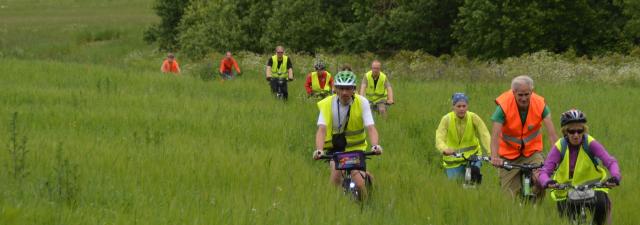Legally mandated communal land was first enacted in the Soviet Constitution and, with the spread of Communism, came to cover Eurasia. It is still central to the ideology of the five remaining single-party Communist countries: China, Vietnam, Cuba, Laos and North Korea. Besides them, Belarus is the only country where communal land ownership is still enshrined in the constitution.
Belarus today consists mostly of forests and farmland, and also boasts the largest remaining swamps in Europe. All of it is communally owned land. By virtue of the fact that so much land has been left untouched, Belarus is a hotbed of biodiversity.
The most tangible benefit of communal land ownership is the almost total absence of car-dependent suburban development. Apartment living is the norm, and detached single-family homes are limited to small lots clustered around population centers (the land under detached homes is rented to the homeowner on a 100 year lease). Apartment buildings have attached yards and playgrounds. Children walk to school and have easy access to green space. Older people don’t lose their mobility when their driving skills degrade.
Communal land is also great for recreation and tourism. There are tranquil off-road forest and agriculture bike trails all over the country. River tourism is also very popular, and river banks are kept in their natural state even in cities.
If you go farther from Minsk, you can find timeless car-free villages that exist in the West only at theme parks. In cities, sidewalks are extra wide, easily accommodating pedestrian and bike traffic.

